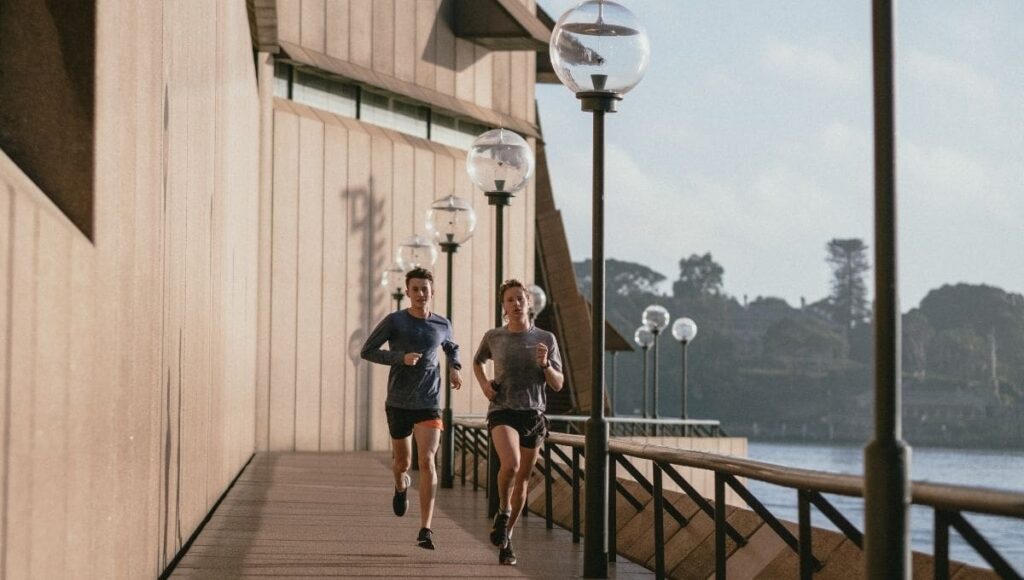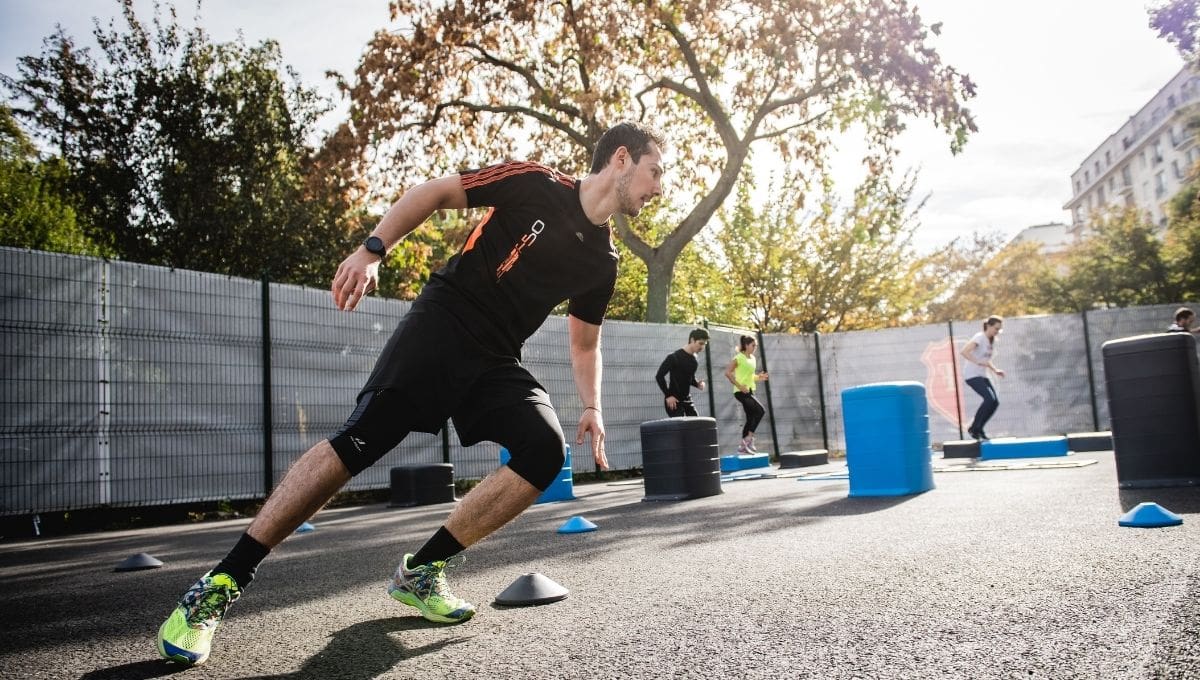In the fitness world, there is much information being thrown around and it is hard to discern fact from fiction. Two physical therapists have decided to tackle this issue and came up with a list of 14 exercise myths debunked.
Science Insider has recently released a video with Dr. Stacie Morris and Dr. Wesley Wang. Morris is the owner of The Physio Fix, in Arizona, and she works with gymnasts and strength athletes. Wang works at Healthy Baller and he specialises in ACLs.
“If one person becomes more educated, then they can start breaking that cycle right then and there,” Dr. Morris says.
Watch 14 Exercise Myths Debunked
1. Your knees should never pass your toes when squatting
“When you play your sports, do you ever think about your knees being past your toes?” Dr. Wang asks. “You should allow your body to move naturally and if you limit that, you actually add more stress […] to your hips and your low back,” Dr. Morris complements.
2. Soreness is a sign of a good workout
“You should have been progressed in a way that was so gradual that you are feeling stronger, and maybe you’re still feeling a little bit sore, but you don’t feel like you can’t walk the next day.”
3. Bigger muscles are stronger – Exercise myths debunked
Some people have genetic differences with longer muscles compared to other people. “Maybe they don’t look as big, but they may be really, really strong because there is more of them and there’s a shorter tendon where they’re attaching,” Dr. Morris explains.
4. You need to eat meat to build muscle
You do need to eat protein to build muscle, but you are not forced to get your protein through meat sources only. Lentils and quinoa have protein, for example.
5. Cardio before weights – Exercise myths debunked
That depends on your goals. If you are gearing towards being stronger, you do strength beforehand. If you are aiming for a more cardiovascular endurance workout, prioritise cardio before doing weightlifting.
6. Working out tones your muscles
If it is about being able to see your muscles, it comes down to calorie ingested versus calorie spent. “You need to focus on what you’re eating too, not just focusing on what you’re doing in the gym,” Dr. Wang clarifies.
7. Exercise cancels out unhealthy eating habits
“Definitely not,” Dr. Wang says right out of the bat. “The things you are putting inside your body is going to have a long-term effect,” Dr. Morris says. “It’s not just calories in versus calories out.”
8. You should bulk and cut to build muscle
Professional bodybuilders do that, but if you do not want to follow that and still bulk and cut down you physique simultaneously, it is possible by being in a positive nitrogen state. Increase your protein in the form of amino acids, also adding creatine and getting enough sleep.
9. You need to work out for at least an hour for it to have an effect
Work smarter, not harder. “Can you only survive on 20, 30-minute workouts? Yes you can,” says Dr. Wang. “Obviously you can get significantly more done in a little bit more time, which is, I think, the hour time frame.”
10. Running will destroy your knees – Exercise myths debunked
“It’s definitely not backed by any scientific research,” Dr. Morris comments. It helps your knees, not the opposite.
 Source: Kate Trifo
Source: Kate Trifo11. The best way to burn fat is on an empty stomach
If you are in a caloric deficit you will be burning fat. “It is more like, what kind of workouts are you doing, what heart zone are you in, and what does your nutrition look like,” says Dr. Morris. Eating breakfast is fine, and skipping is also okay, as long as you get your nutrients in and keep an eye out for your macros.
12. Lifting heavy weights at a young age will stunt your growth
Dr. Morris says that there is no evidence that supports this point of view.
13. Assisted exercises are not as effective
Some people do pull-ups with a band to assist them in lifting their body. “It just means that at their current level they need a band to perform the movement,” Dr. Morris explains. For mobility work, utilising a band to assist in the exercise is actually crucial.
14. You can’t exercise with flat feet – Exercise myths debunked
“Half of the people in the world have flat feet, are they not suppose to exercise?” questions Dr. Morris, saying this myth is just plain silly.
Image Sources
- Couple running: Kate Trifo
- exercise myths debunked: Gabin Vallet
